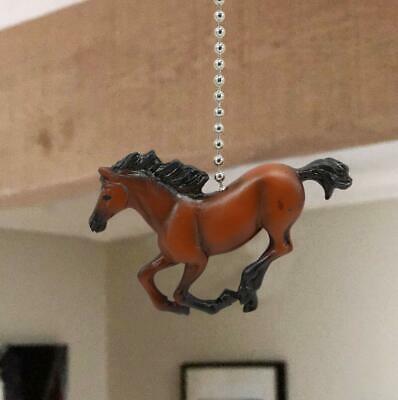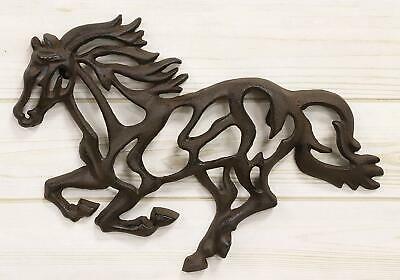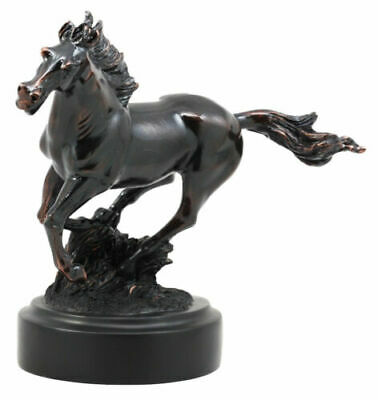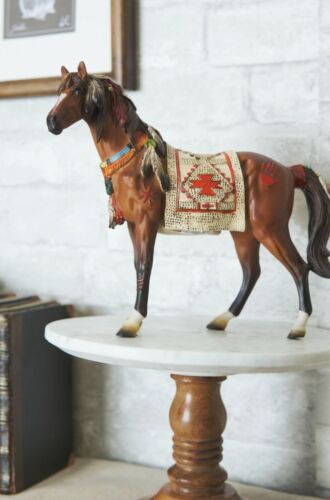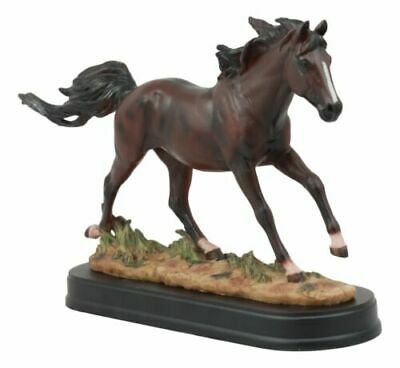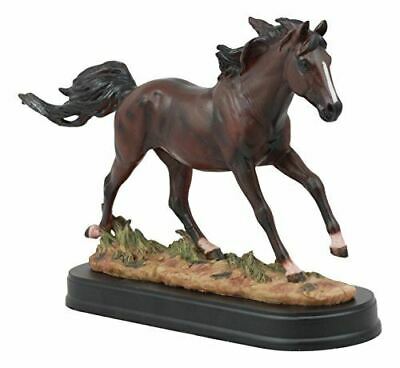-40%
Pewter Horse, Going Places 2008-2009, craft, D&D, collector, figurine
$ 1.84
- Description
- Size Guide
Description
Pewter Horse, Going Places 2008-2009, craft, D&D 5E, collector, figurineCan be used for multiple things, game piece, toy, decorative piece, Dungeons and Dragons and much more.
The
horse
(
Equus ferus caballus
)
[2]
[3]
is a
domesticated
one-toed
hoofed mammal
. It belongs to the taxonomic family
Equidae
and is one of two
extant
subspecies
of
Equus ferus
. The horse has
evolved
over the past 45 to 55 million years from a small multi-toed creature,
Eohippus
, into the large, single-toed animal of today. Humans began domesticating horses around 4000 BC, and their
domestication
is believed to have been widespread by 3000 BC. Horses in the subspecies
caballus
are domesticated, although some domesticated populations live in the wild as
feral horses
. These feral populations are not true
wild horses
, as this term is used to describe horses that have never been domesticated. There is an extensive, specialized vocabulary used to describe equine-related concepts, covering everything from
anatomy
to life stages, size,
colors
,
markings
,
breeds
,
locomotion
, and behavior.
Horses are
adapted to run
, allowing them to quickly escape predators, possessing an excellent
sense of balance
and a strong
fight-or-flight response
. Related to this need to flee from predators in the wild is an unusual trait: horses are able to sleep both standing up and lying down, with younger horses tending to sleep significantly more than adults.
[4]
Female horses, called
mares
, carry their young for approximately 11 months, and a young horse, called a
foal
, can stand and run shortly following birth. Most domesticated horses begin training under a
saddle
or in a
harness
between the ages of two and four. They reach full adult development by age five, and have an average lifespan of between 25 and 30 years.
Horse breeds are loosely divided into three categories based on general temperament: spirited "hot bloods" with speed and endurance; "cold bloods", such as
draft horses
and some
ponies
, suitable for slow, heavy work; and "
warmbloods
", developed from crosses between hot bloods and cold bloods, often focusing on creating breeds for specific riding purposes, particularly in Europe. There are more than 300 breeds of horse in the world today, developed for many different uses.





